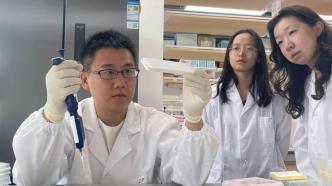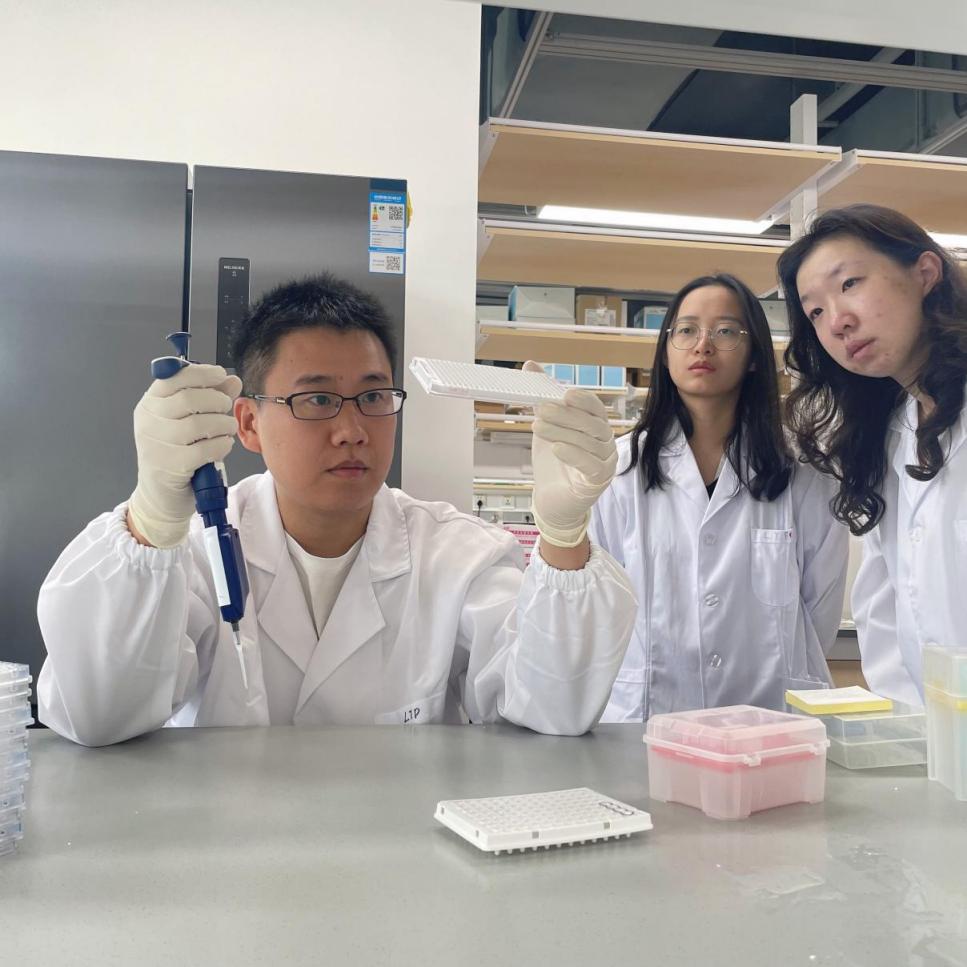
The reporter learned from the Shenzhen Institute of Advanced Technology of the Chinese Academy of Sciences on the 13th that Chinese researchers have successfully mapped the development of the human immune system, which has the characteristics of wide tissue coverage, long time span, and high sampling density. It is expected to promote the fields of global immunology and developmental biology. development of. The research results were published in the authoritative international academic journal "Cell" on the 12th.
As the "guards" that prevent pathogens such as viruses and bacteria from invading the human body, immune cells are an indispensable part of the immune system. Clarifying immune cell types, differentiation and functional status is of great significance to understanding immunity and revealing the occurrence and development mechanisms of immune-related diseases.

Li Hanjie's team observed the single cell library construction diagram. Photo courtesy of the scientific research team of Shenzhen News Network
In this study, researchers used automated, high-throughput synthetic biology research large-scale scientific equipment to independently build a single-cell transcriptome sequencing platform to "decode" developing immune cells and draw maps based on such massive data. Atlas of human immune system development.
Han Jiahuai, academician of the Chinese Academy of Sciences and professor of Xiamen University, said that this study expands people's understanding of human immune development, helps to deeply understand the function and regulatory mechanism of the immune system, and lays an important foundation for disease diagnosis, immunotherapy and the development of new therapies. Base.
During the study, the researchers also discovered two new types of immune cells: macrophages that are widely present in multiple tissues and organs and promote angiogenesis, and microglia-like cells that exist outside the central nervous system.
The research was jointly completed by the Shenzhen Institute of Advanced Technology, Chinese Academy of Sciences, Shenzhen Baoan District Maternal and Child Health Hospital, Shenzhen University, Shanghai Jiao Tong University, Fudan University and other units.